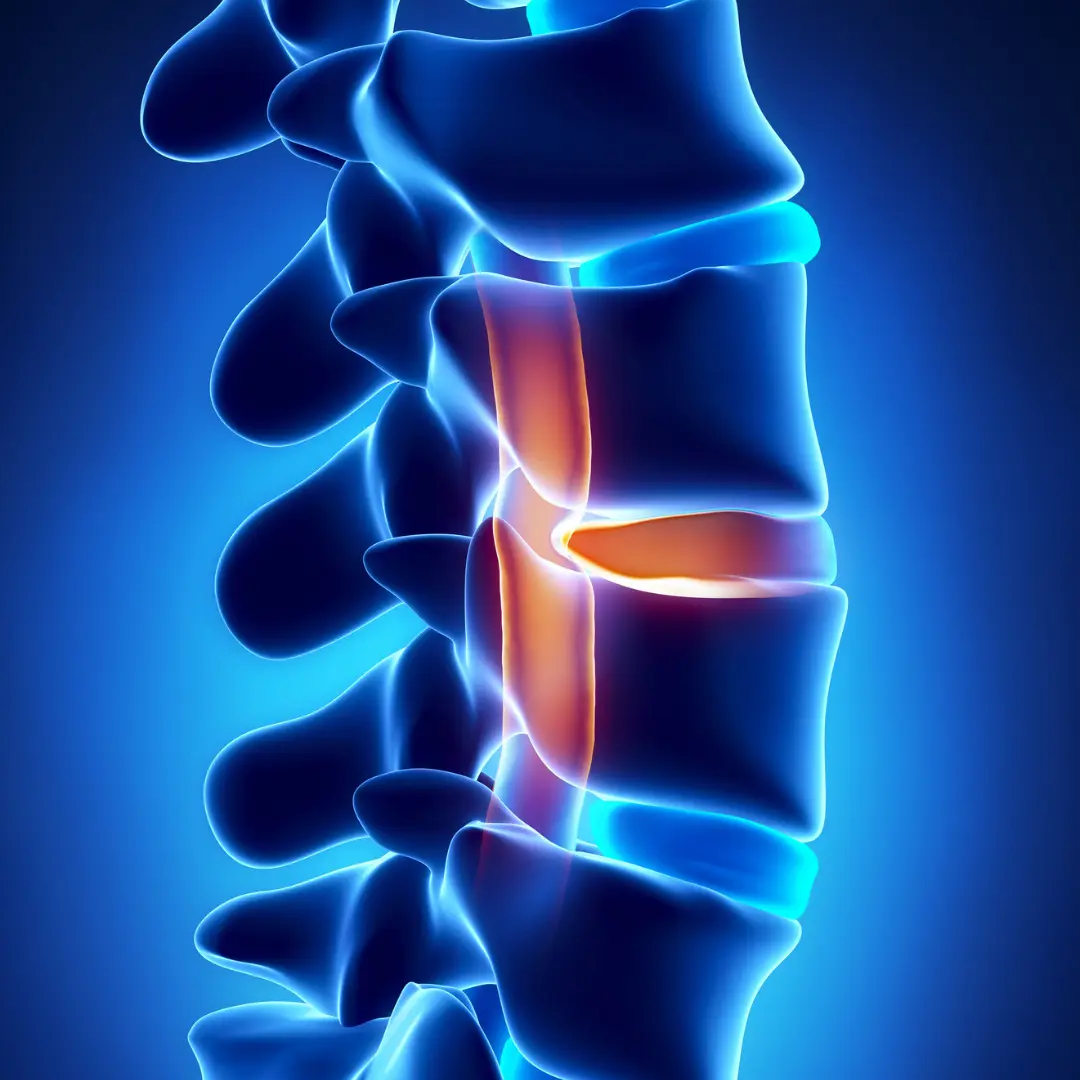Neurosurgery is a specialized field of medicine dedicated to diagnosing, treating, and managing conditions affecting the brain, spinal cord, and peripheral nervous system. Highly skilled neurosurgeons utilize advanced surgical techniques and technologies to address a wide range of neurological disorders.
This vital medical discipline plays a crucial role in managing complex neurological conditions that significantly impact individuals’ quality of life and well-being. Neurosurgery encompasses both surgical and non-surgical approaches, tailored to the nature and severity of each condition. The primary goals of neurosurgical interventions are to alleviate symptoms, restore function, and, in some cases, offer potential cures for patients suffering from brain tumors, vascular abnormalities, spinal disorders, neurotrauma, epilepsy, movement disorders, and various other neurological conditions.
Neurosurgery’s importance cannot be overstated, as it serves as a beacon of hope for patients facing challenging neurological issues, providing effective treatment options and improved outcomes. The expertise of neurosurgeons and the constant advancements in the field continue to revolutionize neurological care, offering renewed hope to patients and their families. If you or a loved one is dealing with a neurological condition, consulting a qualified neurosurgeon can be a crucial step toward improved health and well-being.
Brain Tumor
Brain tumors are abnormal growths that develop within the brain or its surrounding tissues. These tumors can be benign (noncancerous) or malignant (cancerous) and can significantly impact brain function and overall health. Diagnosing and treating brain tumors requires a multidisciplinary approach involving neurologists, neurosurgeons, oncologists, and other medical professionals. In this article, we will explore the basics of brain tumors, including their types, symptoms, diagnosis, and treatment options, aiming to provide a comprehensive understanding of this complex condition.
Understanding Brain Tumors
A brain tumor occurs when there is an uncontrolled growth of cells in the brain. While the exact causes of brain tumors are often unknown, certain risk factors, such as exposure to radiation, genetic factors, and certain hereditary conditions, may increase the likelihood of their development. Brain tumors can originate from brain tissue (primary brain tumors) or spread to the brain from other parts of the body (secondary or metastatic brain tumors). Common types of brain tumors include gliomas, meningiomas, pituitary adenomas, and medulloblastomas.
Symptoms and Diagnosis
The symptoms of a brain tumor can vary depending on its size, location, and rate of growth. Common symptoms include persistent headaches, seizures, memory problems, changes in vision or hearing, difficulty speaking or understanding language, loss of balance, and personality or mood changes. To diagnose a brain tumor, a healthcare provider may perform various tests, including neurological examinations, imaging studies (such as MRI or CT scans), and in some cases, a biopsy to analyze the tumor cells.
Treatment Options
The treatment of brain tumors depends on several factors, including the type, location, and size of the tumor, as well as the patient’s overall health. Treatment options may include:
- Surgery: Surgical removal of the tumor is often the initial treatment approach, whenever possible. Neurosurgeons aim to remove as much of the tumor as safely possible while preserving brain function.
- Radiation Therapy: Radiation therapy involves using high-energy beams to target and destroy cancer cells. It may be used before surgery to shrink the tumor or after surgery to eliminate remaining cancer cells.
- Chemotherapy: Chemotherapy uses powerful medications to kill cancer cells. It can be administered orally, intravenously, or directly into the cerebrospinal fluid (intrathecal chemotherapy). Chemotherapy is often used in combination with other treatments.
- Targeted Therapy: Some brain tumors may have specific genetic or molecular characteristics that make them susceptible to targeted therapies. These therapies aim to inhibit specific molecules or pathways involved in tumor growth.
- Immunotherapy: Immunotherapy is a treatment approach that utilizes the body’s immune system to recognize and attack cancer cells. It can be used for certain types of brain tumors to enhance the immune response against the tumor.
- Supportive Care: Palliative care and supportive treatments are essential to manage symptoms, improve quality of life, and provide emotional support for patients and their families throughout the treatment journey.
Brain Vascular Malformations
Brain vascular malformations refer to abnormal formations of blood vessels in the brain, which can disrupt the normal flow of blood and potentially lead to various neurological complications. These malformations are typically present at birth but may remain undetected until symptoms arise later in life. Understanding the different types of brain vascular malformations, their symptoms, diagnosis, and available treatment options is crucial for effective management and improved patient outcomes. In this article, we will explore the complexities of brain vascular malformations and shed light on current treatment approaches.
Symptoms and Diagnosis
The symptoms of brain vascular malformations can vary depending on the type, size, location, and presence of complications such as bleeding. Common symptoms include seizures, headaches, neurological deficits (e.g., weakness, numbness), cognitive or behavioral changes, and hemorrhagic strokes. Diagnosis often involves a combination of imaging studies, such as magnetic resonance imaging (MRI), magnetic resonance angiography (MRA), and cerebral angiography, to visualize and assess the extent of the malformation.
Functional Neurosurgery
Functional neurosurgery is a specialized field that focuses on surgical interventions aimed at improving function and alleviating the symptoms of various neurological disorders. This branch of neurosurgery utilizes advanced techniques to modulate abnormal brain activity and restore the quality of life for patients. In this article, we will explore the field of functional neurosurgery, its applications, and the remarkable advancements that have transformed the treatment landscape for individuals with neurological conditions.
Functional neurosurgery involves precise targeting and modulation of specific regions or circuits within the brain to restore or normalize function. It is typically used when conservative treatments, such as medication or therapy, have proven ineffective in managing neurological conditions. Functional neurosurgical procedures often include deep brain stimulation (DBS), spinal cord stimulation (SCS), and other innovative techniques.
Applications of Functional Neurosurgery
- Movement Disorders: Functional neurosurgery has been highly successful in managing movement disorders such as Parkinson’s disease, essential tremor, and dystonia. By implanting electrodes into specific areas of the brain, such as the subthalamic nucleus or globus pallidus, electrical stimulation is delivered to regulate abnormal neural activity, reducing motor symptoms.
- Epilepsy: For patients with medication-resistant epilepsy, functional neurosurgery can offer an effective treatment option. Epilepsy surgery may involve removing the seizure focus or implanting electrodes to monitor and map brain activity for subsequent surgical intervention.
- Chronic Pain: Functional neurosurgery techniques, including spinal cord stimulation (SCS) or motor cortex stimulation, have shown promising results in managing chronic pain conditions such as neuropathic pain, complex regional pain syndrome, and failed back surgery syndrome. Electrical stimulation is applied to modulate pain signals and provide relief.
- Psychiatric Disorders: Functional neurosurgery has emerged as a potential therapeutic avenue for severe and treatment-resistant psychiatric disorders, including obsessive-compulsive disorder (OCD) and major depressive disorder (MDD). Deep brain stimulation is employed to modulate specific brain circuits associated with these conditions, providing symptom relief and improving quality of life.
Spinal Cord Tumors
Spinal cord tumors are abnormal growths that develop within the spinal cord or the surrounding structures. These tumors can be benign (non-cancerous) or malignant (cancerous), and they can cause significant neurological impairments due to compression or invasion of the spinal cord tissue. Understanding the types, symptoms, diagnosis, and treatment options for spinal cord tumors is crucial for effective management and improved patient outcomes. In this article, we will delve into the complexities of spinal cord tumors and explore the approaches used in their diagnosis and treatment.
Types of Spinal Cord Tumors
- Intradural-Extramedullary Tumors: These tumors develop outside the spinal cord but within the protective covering called the dura mater. They often arise from the spinal nerve roots and include schwannomas, meningiomas, and neurofibromas.
- Intramedullary Tumors: These tumors originate from the cells within the spinal cord itself. The most common types of intramedullary tumors are ependymomas and astrocytomas.
- Extramedullary-Intradural Tumors: These tumors develop within the dura mater but outside the spinal cord. They can include tumors originating from the surrounding membranes (meninges), such as meningiomas and metastatic tumors.
Spine Surgery
Spine surgery encompasses a range of surgical procedures performed on the spine to address various conditions, injuries, and degenerative disorders that affect the spinal column and its associated structures. It is a specialized field within orthopedics and neurosurgery that aims to alleviate pain, stabilize the spine, and improve overall function. In this article, we will explore the field of spine surgery, the common conditions it addresses, and the advancements that have revolutionized the treatment of spinal disorders.
Spine surgery has significantly evolved, offering improved treatment options and outcomes for individuals with spinal conditions. Through minimally invasive techniques, advanced imaging and navigation systems, robotic assistance, and motion-preserving approaches, spine surgeons can effectively address a range of spinal disorders while minimizing patient discomfort and promoting faster recovery. As technology continues to advance, spine surgery will continue to evolve, further enhancing patient mobility, function, and overall quality of life. It is essential to consult with a qualified spine specialist to determine the most appropriate surgical approach based on an individual’s specific condition and needs.


































